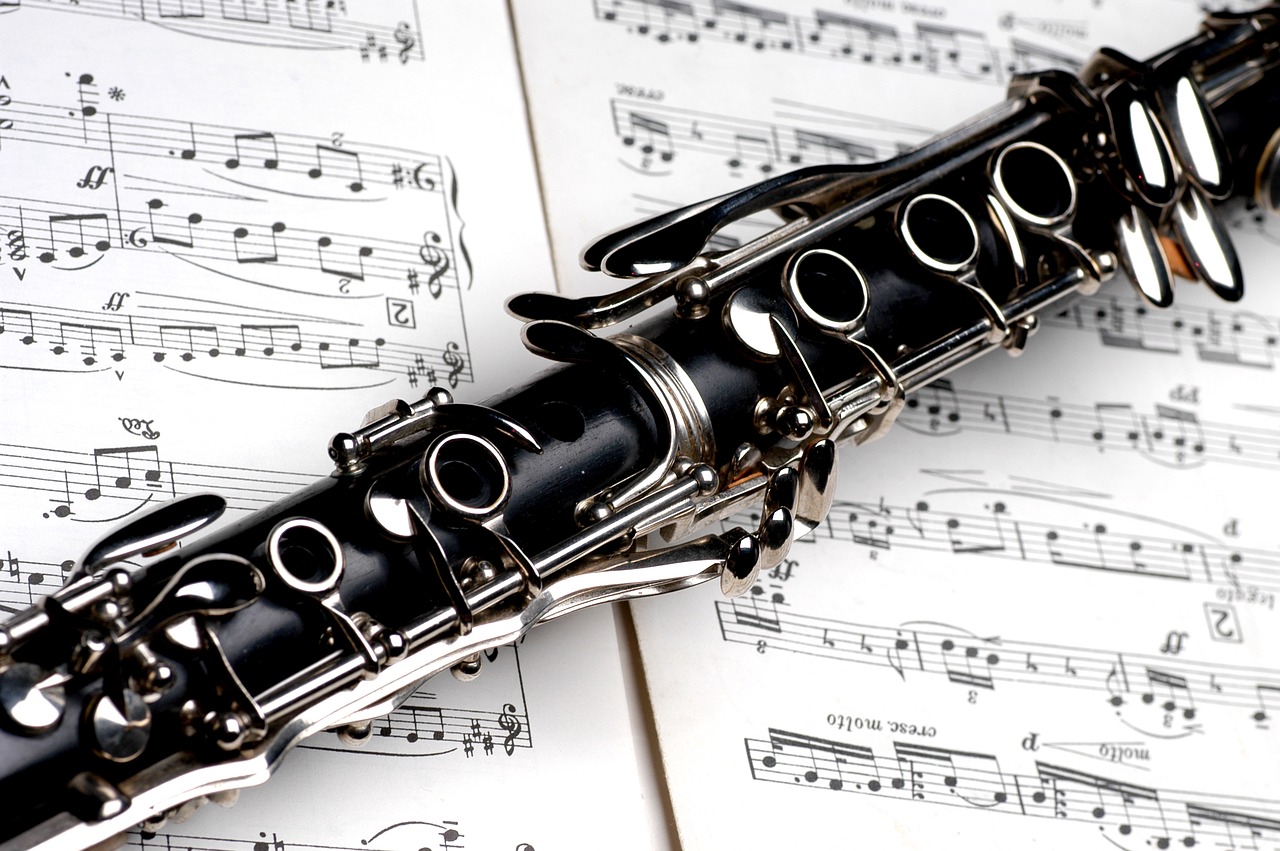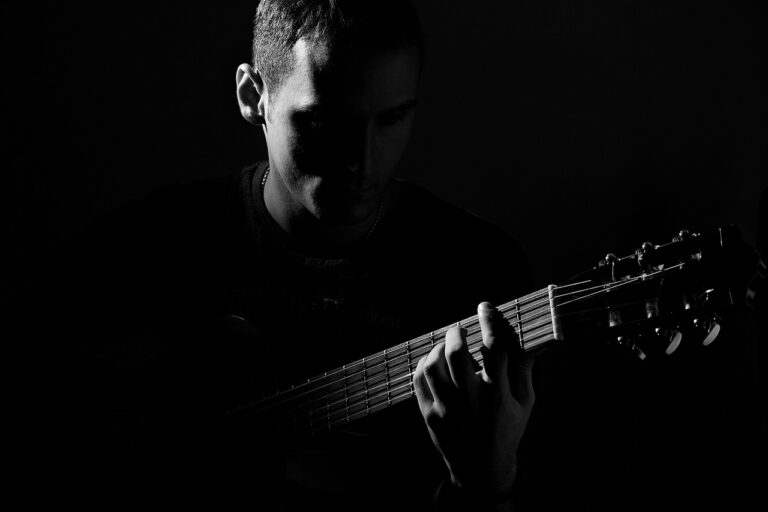As you know, each style of music has its own characteristic features not only in the field of musical language, but also in the field of performance.
It seems obvious that Bach music and jazz music should be performed with completely different techniques and use different approaches to phrasing, rhythm, sound production, etc.
Since in jazz the composer and the performer are 99 percent of the time one and the same person, the importance of mastering not only the theoretical material in the form of scales, scales, rhythm, but also the practical i.e. performing techniques is obvious.
Most jazz styles are based on 2 basic principles:
- Rhythm.
- Phrasing.
In this article, we will look at exercises that allow you to develop both of these rhythmic elements. To do this, we will use the jazz legato.
What is jazz legato?
Basically, it is a way of performing a phrase in such a way that it naturally sounds jazzy, swinging.
The literal textbook accentuation of rhythm, in which the first note is played as strong and the second as weak, is not correct and sounds like a classic dotted rhythm.
In order to understand the basis of jazz rhythm, it is necessary to make a small digression.
In classical jazz, all fractions of a measure are accented quite strongly by the double bass. If we add drums and accompaniment to this, it becomes obvious that the quarters are the place in musical time where the soloist merges with the rest of the ensemble. Therefore, it is obvious that musicians want to emphasize the second note rather than the first note in a swing pair, because the texture is more transparent at that point in musical time.
This is a foundation that is important for learning rhythm.
This approach is useful not only for learning rhythmics, but also basic phrasing.
You can also use the deliberate accentuation of the second note without legato. and the first note in the band is deliberately dynamically leveled (ghost).
It is recommended that you play all exercises with the metronome beating out the 2nd and 4th beats (upbeat).
Once you begin to hear the correct accent, you can decrease the strength of the accent, but keep the overall trend.
And, of course, don’t forget to listen to the swing masters. Pay attention to how they phrase and accent notes in a swing rhythm.


